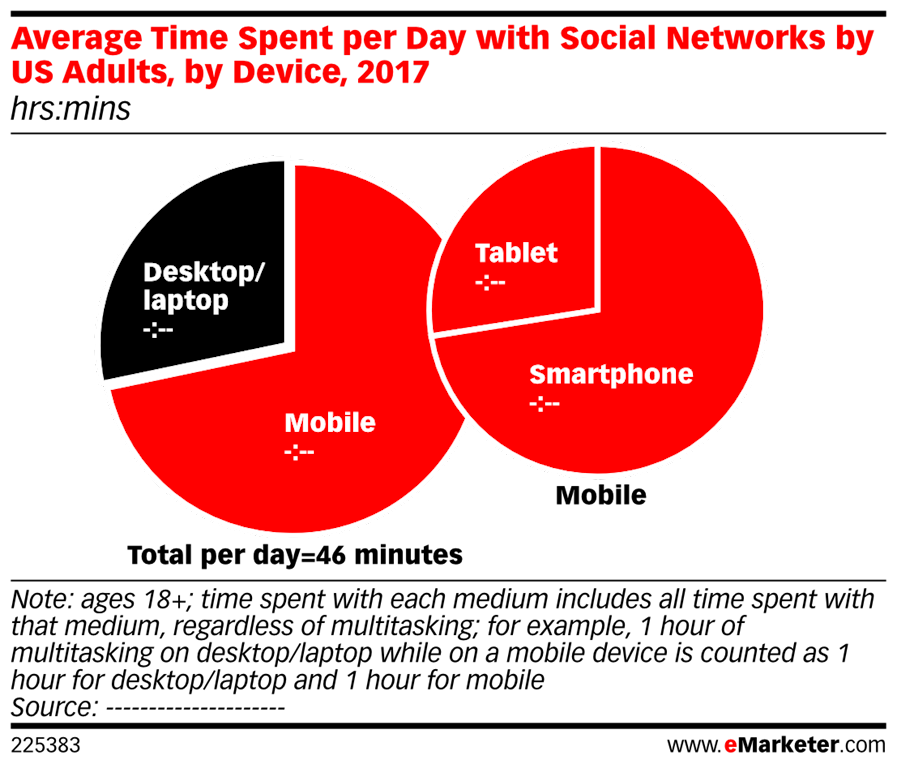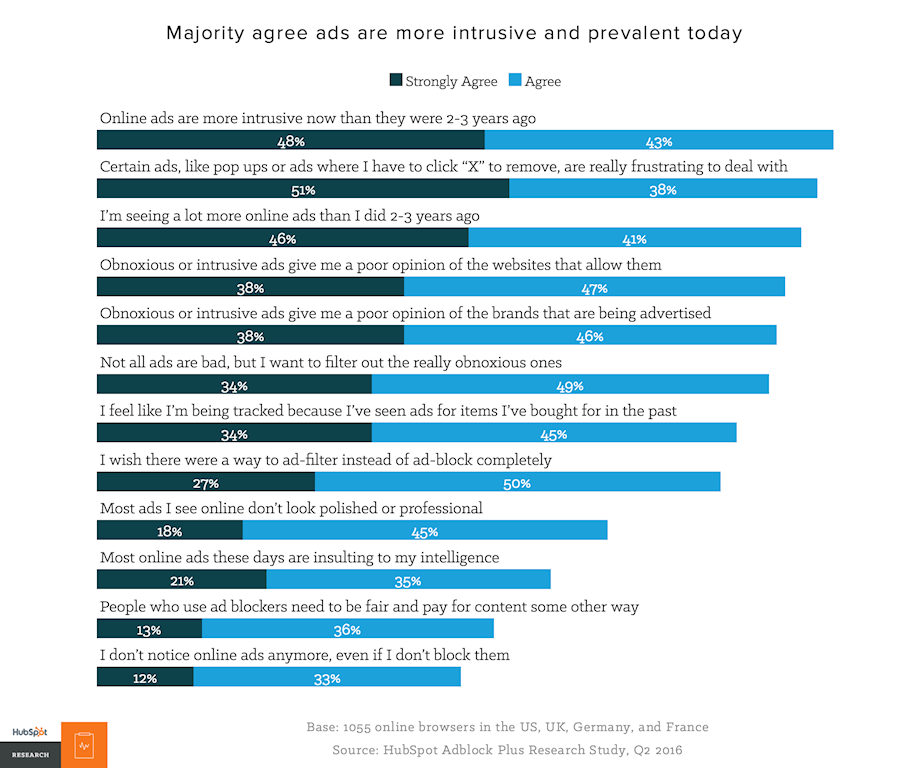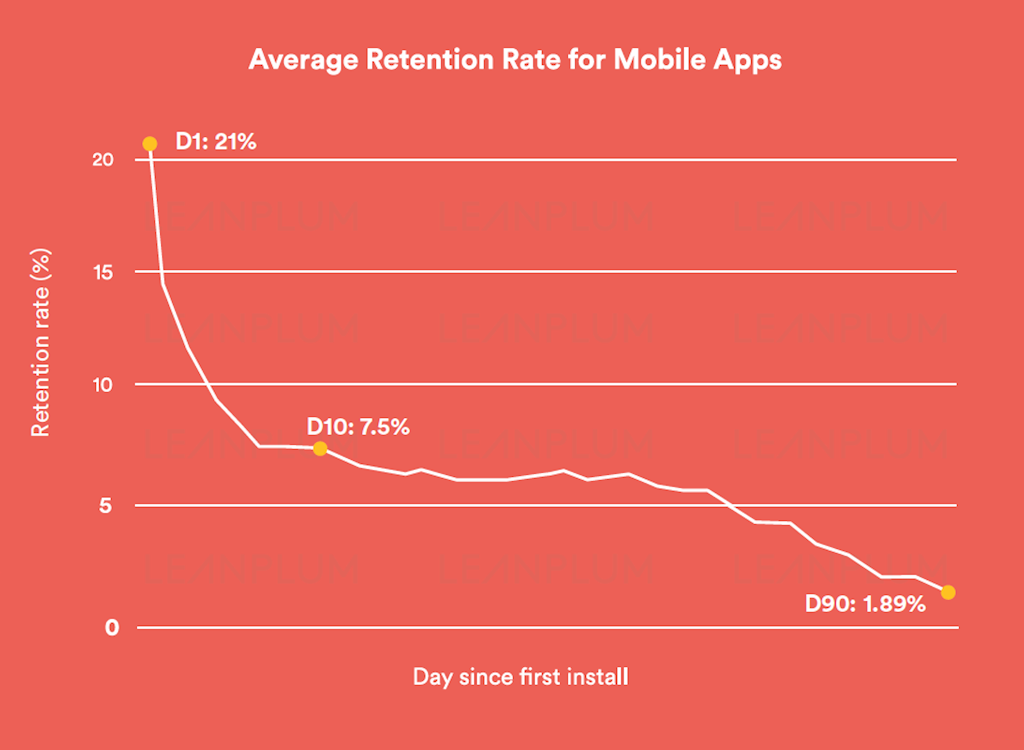Mobile overtook desktops as the primary route for Internet access this year, and mobile marketing has become increasingly key to the sales funnel. From content to apps and ads, here’s what your mobile strategy needs.
How to use mobile marketing for better customer acquisition
By the end of 2016, digital marketers are expected to have spent $42 billion on mobile advertising, accounting for 21.6% of the global media ad spend. There’s a reason for throwing all this money around. Aside from voice calls, UK adults now spend 2.5 hours a day engaging with mobile devices - surpassing the time spent with desktops or laptops.

Source: eMarketer
Thus, brands are dedicating resources to attracting mobile audiences and producing quality, mobile-optimized content to steal a march on the competition.
Golden rule - let the data drive
For any form of digital marketing, there’s one thing to bear in mind - what are you trying to achieve, and how will you know when you’ve achieved it?
Brand building strategies have to be data-driven, without being overwhelmed by data. Good marketing works toward clear, measurable Key Performance Indicators, but not toward too many. Rather than trying to improve click-through rates, get more shares on social media, generate leads and increase conversions, we need to establish our most important objective and work toward that.
As such, we need an idea of what people do when they see our ads, receive our messages and use our apps. Tracking user interactions means we know how well we’re doing at the moment. We can identify the strengths and weaknesses of our current digital and email marketing strategies, and monitor the effects of changes as we make them.
However, all this monitoring and objective-setting needs to be tied to a broader business goal. Our marketing efforts are part of a strategy for brand building. They have to co-ordinate with the rest of our planned customer journey: marketing materials have to encourage the thoughts, feelings and actions that we want our customers to experience. Hitting the KPIs, by itself, is not enough - the numbers inform our choices, but shouldn’t define them.
Advertising
At least 16% of smartphone users install ad-blockers, with both browser and in-app ads being blocked. There are two lessons for us to learn here.
Firstly, a significant minority of our potential audience don’t want to receive advertising at all. That means we have to adopt a blended digital marketing strategy. We need to factor in direct messaging and email marketing messages, as well as content marketing which conveys our message by offering value to consumers rather than purely promoting ourselves.
Secondly, we have to ask why people block ads. As a result of retargeted advertising, many users now feel they’re being tracked and resent it.

Source: HubSpot
People don’t want to feel stalked when using their devices, but they do expect advertisers to know what they want. This doesn’t mean we can’t track our users, but we do have to be careful. Once they’re on our website or using our app, they’ve engaged with us - at that stage, monitoring their usage is part of delivering a good user experience. Ultimately, this is what mobile marketing comes down to - remembering that people use their devices to do things, and ensuring that our marketing efforts don’t interfere with that.
Content
If our adverts are more than just adverts, and actually offer users a reason to read or watch by choice, our digital marketing is achieving what it should be - encouraging them to spend their mobile time with us. That’s what the basis of powerful content marketing is all about.
The two secrets here are personalization and optimization.
If we know what our customers and clients need help with, we can offer answers to their frequently asked questions and solutions to their pain points. Consumer feedback - reviews, surveys and after-sales service - is essential here, so we can identify common issues and create content to address them.
If our websites are optimized for mobile devices, not only do we keep our visitors on-site (rather than losing them to images they can’t see, buttons they can’t find, and text that’s scaled too small to see), but we improve our overall SEO. Search engines downrank pages which aren’t accessible on a range of devices, and they reward pages that are highly accessible by their automated ‘crawler’ software (which isn’t good at finding its way through complicated menus and fiddly interactive objects). Mobile optimization hits both these buttons and brings our content to more readers and viewers.
Apps
It’s easy to be demoralized by apps. They cost a lot to develop, if we want the job done properly, and they don’t retain users well. Only 21% of the users who download an app are still using it a day later, and things only get worse as the months go by.

Source: Leanplum
This doesn’t mean that apps should have no place in our mobile marketing mix. It does mean that we have to be realistic about what they can do. They give us an opportunity to make an excellent first impression, and to sustain engagement among the most interested of our potential customers and clients for up to three months. That span of time also means the app can play a role in after-sales care, securing future business as part of a fully developed customer journey.
Making a strong first impression means making an app that’s useful and efficient. We can do this by reducing the number of steps involved in starting to use an app. Think about apps from the user’s point of view: the user has a problem, they want a solution, they search for a solution, and they’ll want to implement that solution as fast as possible. Every step between finding and implementing the solution is another opportunity for them to give up and look somewhere else.
Progressive web apps address this by combining the best of web and mobile app technology. They’re websites, built using web technologies, but they act like apps; they can be linked from a device’s home screen, send notifications to a device’s UI, and even work offline, syncing when the device reconnects. This strips out the tedious ‘download and install’ steps from the process - users who find the app can start using it at once, and be prompted to ‘upgrade’ to a full-screen experience later, once they’re properly retained.
The key word here is ‘seamlessness’ - every time a user encounters a seam between one stage and the next, or has to leave one app for another, they’re disengaging. PayPal have recognized this by rolling out OneTouch, removing the need to log in and confirm a purchase and return to the point of purchase every time users make purchases.
You can download PayPal’s ‘Make Money with Mobile’ guide here.
One more thing on the topic of apps: push messaging. This is a powerful tool for maintaining user engagement - if someone’s downloaded an app and not used it for a while, why not remind them that it’s there? It’s also a potential turn-off. If someone doesn’t need to use an app, pestering them to do so may prompt them to uninstall, leave bad reviews and otherwise warn people away from the app. Best practice in the field is complex, but it boils down to “know your users; learn what they like and give it to them when they like it.” Don’t get between the user and what they want to do, and you’ll be fine.
Conclusion
We haven’t covered everything you can do with mobile technology; we haven’t talked about AI and the possibilities for apps to ‘learn’ user preferences automatically and we haven’t talked about beacon-based messaging for exploring sites like conference centres. These are niche options, which won’t fit every business and which haven’t yet reached their full potential - but they represent the sort of avenue which businesses will need to pursue in the future.
Growth in the time we spend with our mobile devices is actually expected to plateau in the near future, because the range of activities on offer is finite. Until the next advance in technology comes along and changes what we can do with our devices, users are unlikely to devote more time to them. This means a sea of change in customer acquisition; rather than offering novelties to people who are just starting to use mobile devices, we need to build our brands by delivering advertising, content and apps which encourage people to reallocate their ‘mobile time’ to us.
Access the latest business knowledge in Marketing
Get Access




![Why Mobile Marketing Is Taking Charge [Infographic]](/getmedia/650533a6-f5c8-4c51-8579-0eae321eb026/why-mobile-marketing-is-taking-charge.jpg?maxsidesize=350&resizemode=force)
Comments
Join the conversation...